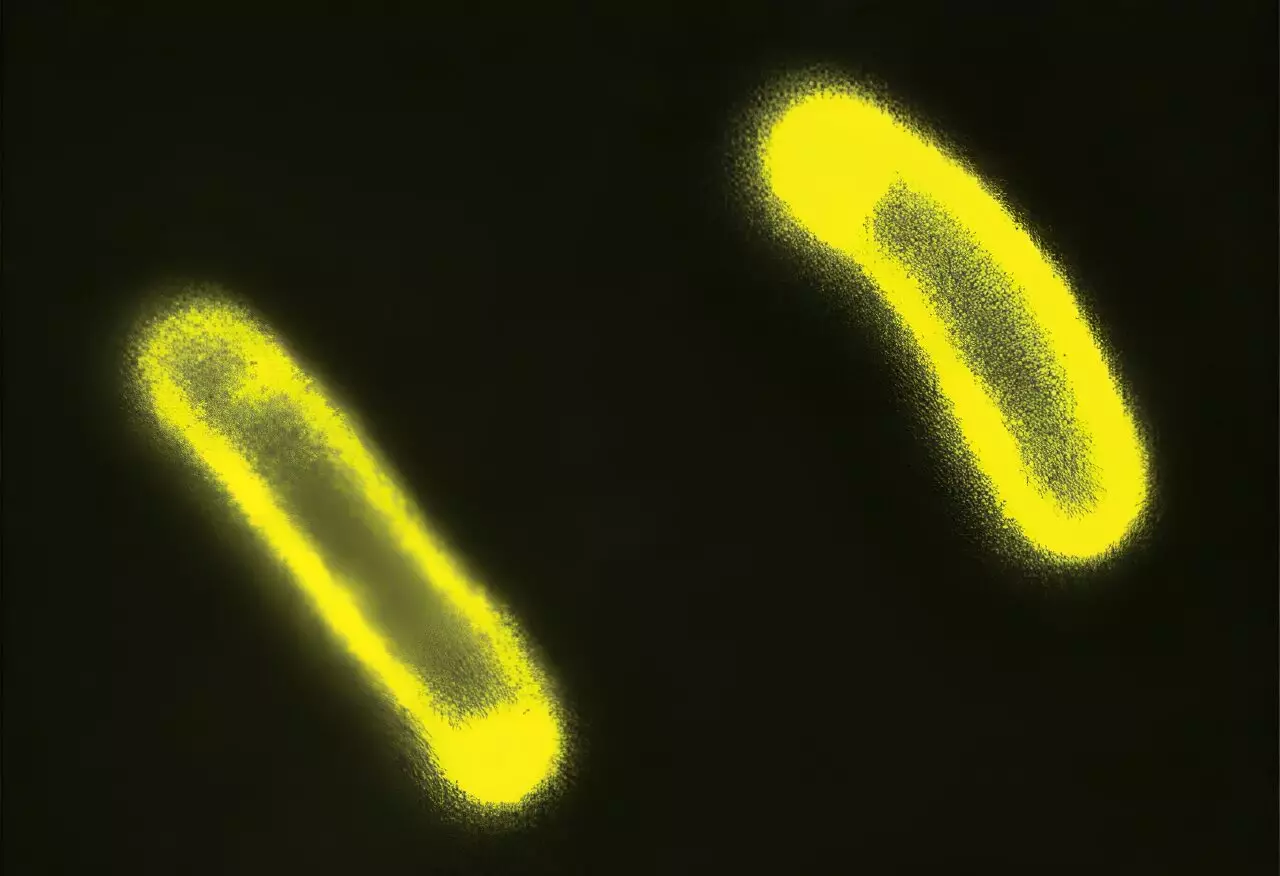Biological chemistry has traditionally centered on the well-documented components of life, such as proteins, genes, and electrical pathways. These elements are likened to the gears of a machine vital for sustaining life. However, a growing body of research indicates that there are other significant players in the cellular arena—biological condensates. This article delves into the recent findings surrounding these structures and their potential implications for cellular processes and disease mechanisms.
Biological condensates are fascinating cellular structures that appear due to differences in density within the cell, resembling oil droplets in water. Unlike organelles that are surrounded by membranes, these condensates can form and exist without any tangible barriers, creating compartments that can significantly alter the fluid dynamics of their environments. Within these blobs, proteins and molecules can be sequestered or concentrated, thereby directly influencing their biochemical behavior. This has led researchers to hypothesize that condensates can serve as regulatory centers, affecting how the cell processes various signals and substances.
Notably, past investigations have concentrated primarily on the localized effects of these condensates. For instance, it has been established that they play a role in either facilitating or obstructing biochemical activities depending on the nature of their contents. However, the potential for condensates to impact processes far beyond their immediate surroundings had not been comprehensively explored until recently.
A pivotal study published in September 2023 in the prestigious journal Cell has shed new light on the long-range influence of biological condensates. Conducted by researchers from Duke University and Washington University in St. Louis, this innovative work highlights how these seemingly simple structures are capable of modulating cellular activity at a distance. This discovery opens up exciting avenues for understanding cellular communication and its broader implications, including mechanisms behind antibiotic resistance.
The researchers demonstrated that biological condensates could initiate changes in the internal electrochemistry of cells, which subsequently influenced cellular membranes. Lingchong You, a prominent biomedical engineering professor involved in the study, articulated the profound implications of their findings. It appears that condensates have a ‘wireless connection’ to a cell’s interactions with its external environment, fundamentally reshaping how we understand cellular signaling.
The research highlighted that biological condensates function similarly to sponges. When they form, they absorb various ions, proteins, and biomolecules while excluding others. This selective absorption can lead to electrostatic imbalances, affecting the overall charge of the surrounding cellular environment. Such alterations in charge provide a mechanism through which condensates can affect the electrical potential across cellular membranes.
This finding is critical since variations in membrane potential are closely tied to numerous physiological processes, including nutrient uptake, waste removal, and signal transduction. The study suggests that even minor concentrations of condensates, strategically distributed within the cell, can create significant chain reactions affecting global cellular behaviors.
One of the most startling revelations from the study involved the examination of how these condensates affect bacterial resistance to antibiotics. By subjecting E. coli colonies to stress or manipulating gene expression related to condensate formation, the researchers observed that the resulting changes in the electrical charge of bacterial membranes directly influenced the bacteria’s sensitivity to antibiotics.
Cells with a more negatively charged membrane exhibited varying reactions to antibiotic treatment, which is significant since many antibiotics operate as charged particles themselves. This interplay of charges hints at a complex mechanism wherein condensates not only affect local biochemical reactions but also extend their influence to critical survival functions, thereby potentially paving the way for antibiotic resistance.
This groundbreaking research is merely the starting point in understanding the expansive role of biological condensates in cellular regulation. With the recognition that these structures exert influences far beyond their immediate environment, researchers are now prompted to further elucidate how condensates participate in broader biological phenomena.
Ashutosh Chilkoti, another influential figure in the study, noted that the implications of these findings might extend across various biological processes and cellular dynamics. As the scientific community continues to investigate the electrical properties and cellular interactions facilitated by condensates, we may uncover novel ways to harness this knowledge for therapeutic applications, particularly in combatting antibiotic resistance and understanding disease progression.
Biological condensates represent an intricate layer of cellular architecture that demands a reevaluation of how we comprehend cell behavior and interaction. As we continue to unravel the complexities of these structures, the potential for new discoveries in cellular biology and medicine remains vast.


Leave a Reply